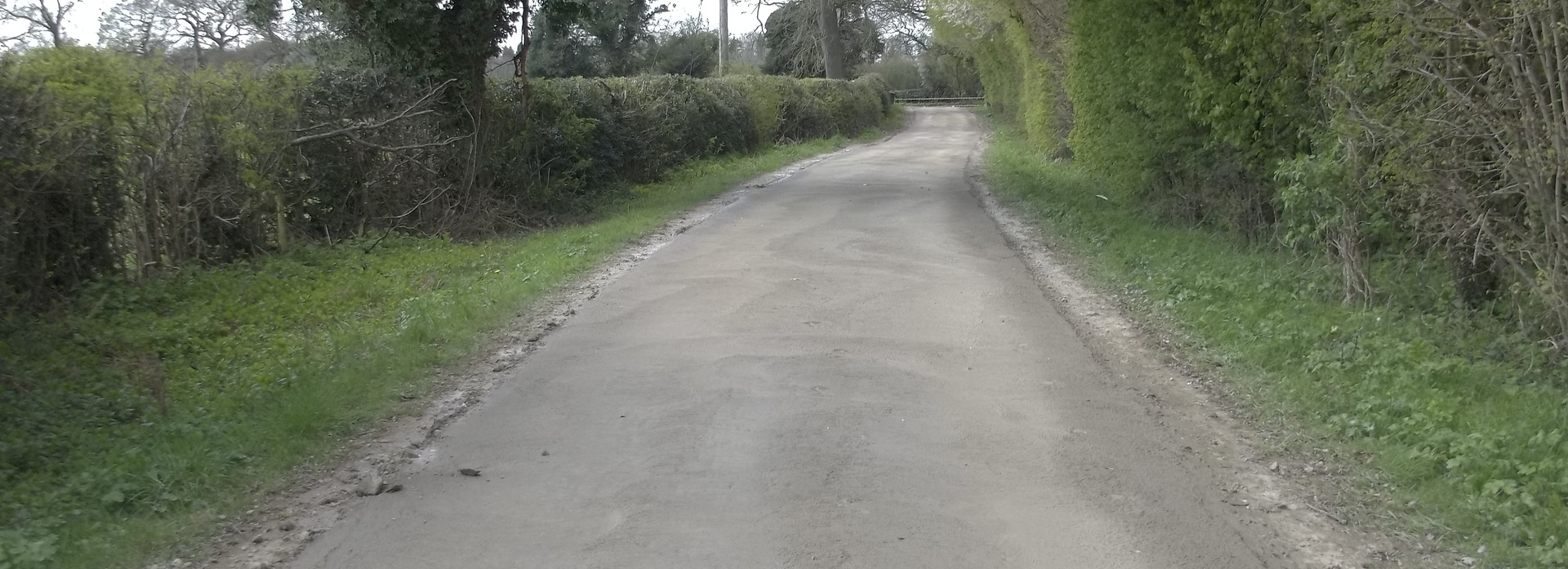Lightwater Valley Quarry
Posted on 14th July 2022 at 12:13



Scheme: Lightwater Quarries
Client: Giles Rickard
Surface finish: Power Float Finish
Date: April 2019
In-situ process: Cement Stabilisation
The roads around light water valley quarries are used mainly by heavy duty haulage and farm machinery daily.
Due to increased use of the roads by both enterprises the roads have become very potholed and uneven for large and small vehicles.
The decision was taken to cement stabilise the road to eradicate the potholes and uneven running surface.
This method of stabilisation was chosen because of the strength and longevity this method of in-situ mixing has to offer.
The existing material within the road was milled through and crushed to a depth of 150mm producing a regulated material to work with. The binder agent (Cement) and water is then added and mixed in using the same milling / crushing machine. The moisture content is then assessed, and more water can be added if required and mixed in.
Once all the above requirements have been carried out the material is then
graded and rolled to add a camber. The finished surface is completed using a ride on power float to produce a sealed waterproof finish, to disperse the rainwater, leaving a road construction for vehicles of all sizes.
The re-engineering of in-situ material within unclassified rural roads has many advantages over traditional methods. Time savings for the road being out of use, costly movements of removing contaminate materials of site and importing new quarried materials to complete the process.
In-situ mixing of material can reduce the carbon footprint of any job dramatically due to the reduced vehicle movements on site, not only does this process help the environment and surrounding residents it has a great cost saving for the client.
Tagged as: Cement Stabilisation, Unclassified Rural Roads
Share this post:






